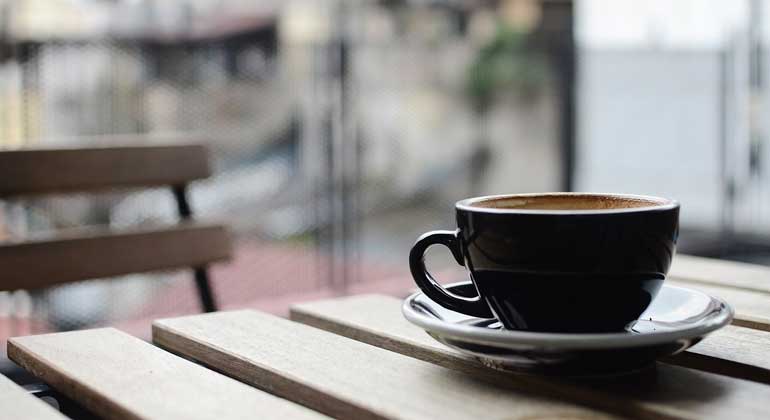When it comes to coffee, ASEAN drinkers prioritize convenience

By Mariel Alison L. Aguinaldo
Southeast Asians are favoring conveniently packaged coffee during the COVID-19 pandemic.
Indonesian cafés have begun selling and delivering coffee by the liter to their customers. In the Philippines, instant 3-in-1 coffee has a foothold among consumers. Singaporeans maintain a higher standard for their drinks, opting for premium options such as coffee capsules, drip bags, and bottled coffee such as cold brews.
“I think people still like the convenience but not to the point of just 3-in-1’s… something that’s freshly and specially-made by baristas,” said Andrea Tan, owner of Lucid Café Singapore, in a session held on July 15 during the Food & Hotel Digital Week.
Demand for packaged brewed coffee beverages by major brands may also grow during this time. “In reality, it should’ve come before, COVID just hastened the demand for these things… We’re going to see more of that being consumed at home and outside. And it’s readily available in supermarkets,” said Emmanuel Torrejon, director of the Philippine Coffee Board, in the same session.
While convenience may be the prime consideration in many countries, there is renewed interest in slower methods such as home-brewing. In Malaysia, personal home-brewing videos have become a trend on the Internet. “Most people are on lockdown, so they have the luxury of time to actually grind the coffee with a hand grinder, and brew at home with different equipment that they can purchase online,” said Yip Leong Sum, president of the Malaysia Specialty Coffee Association.
Around March, Dalgona coffee became a global craze with pictures and videos of the foam-topped beverage making the rounds on Instagram and TikTok.
However, some experts believe that homemade coffee removes an essential part of the experience. “Coffee is a social beverage. The house market is small and it’s very insignificant. The bigger market is where it’s drunk together with friends, family, associates, during business meetings, in hotels and airlines,” said Mr. Torrejon.
Globally, the coffee industry is suffering from the effects of COVID-19. According to researcher Marex Spectron, more than 95% of the out-of-home market, which includes cafés, have already closed due to the pandemic. Big companies such as Starbucks Corp. are retooling their business model, hoping to attract consumers that are hesitant to venture out of their homes.
While this may seem like a dismal forecast for the industry, the panel believes that the pandemic may open doors for the Southeast Asian coffee industry. Cafés may start considering beans produced in the region instead those from farther, less accessible markets.
“Other than Indonesia and Vietnam, we will see Laos, Cambodia, Myanmar, and the Philippines probably adding to the pie of the cafes of ASEAN, who will continue to serve ASEAN coffee. It just might be the break that we’ve been looking for,” said Pacita Juan, president and co-chair of the Philippine Coffee Board.



